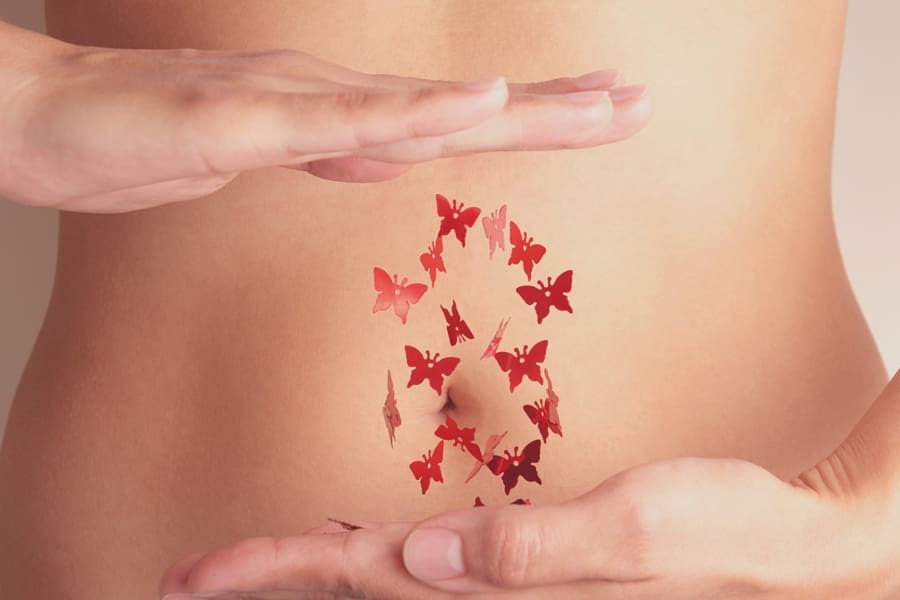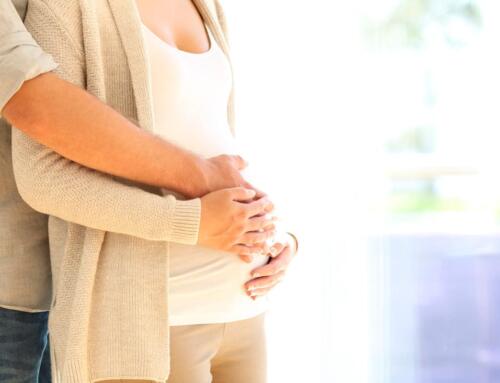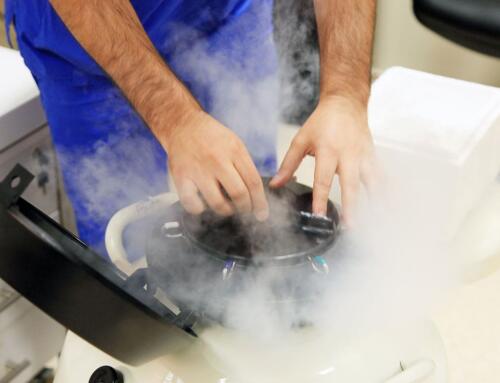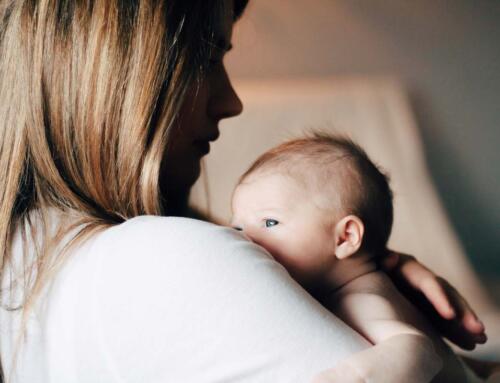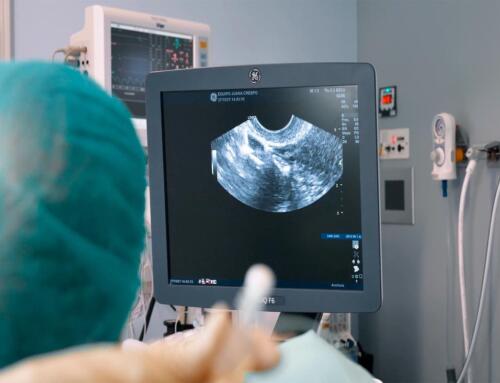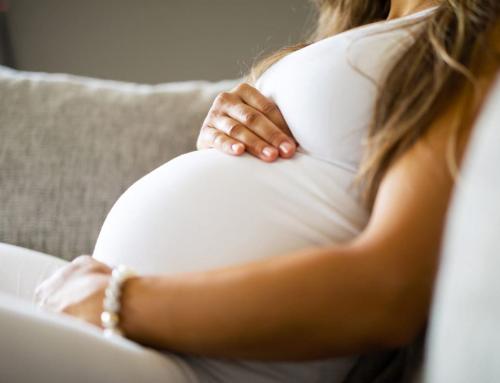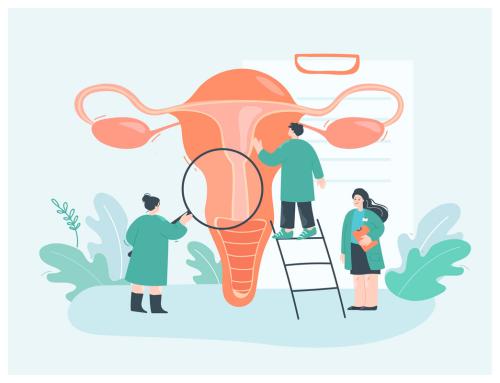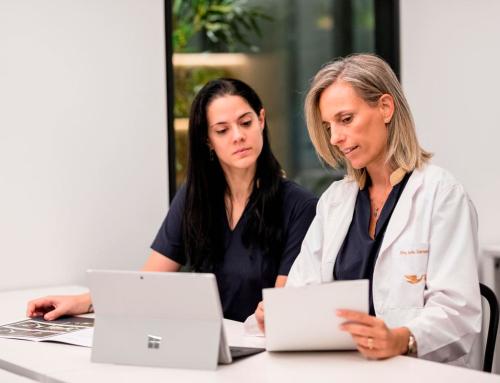If you suffer from endometriosis, you may already know that chances of conceiving are naturally somewhat lower, but you should also know that a large number of patients at our clinic are endometriotic and have achieved pregnancy.
In this article we talk about endometriosis and the probabilities of getting pregnant with this condition. We review how and why it affects fertility and which assisted reproduction techniques are most suitable for achieving this.
Endometriosis is directly related to infertility. It is estimated that 30% of women affected by this disease have problems conceiving naturally. In fact, their monthly fertility rate is between 2% and 10%, compared to 15% to 20% in healthy women.
It is estimated that 30% of women affected by this disease have problems achieving a pregnancy naturally.
At Equipo Juana Crespo we have a specialised and multidisciplinary Endometriosis Unit to treat this pathology in a comprehensive manner.
The aim of this Unit is to detect which organs of the female reproductive system are affected, and to what extent, in order to treat them and open the possibilities for pregnancy. In 98% of cases, endometriosis is a chronic disease, which is why our Unit also offers personalised treatment that lasts throughout a woman’s reproductive life.
What is endometriosis?
Endometriosis is classified as a benign pathology that occurs when the tissue that covers the inside of the uterus, the endometrium, comes out of it. This pathology can develop in different parts of the reproductive organs such as the ovaries or the fallopian tubes and also in others such as the bladder or the intestine.
It is a fairly common disease as it is estimated that it can affect between 10% and 15% of women of childbearing age, with an unknown origin, often difficult to diagnose and with no cure.
A significant percentage of women who come for consultation in respect to fertility problems suffer from endometriosis, and on many occasions they are still undiagnosed. As we pointed out, we also know that 30% of women with endometriosis may develop problems conceiving in the future.
How does this affect the chances of getting pregnant with endometriosis?
This tissue that comes out of the uterus and attaches to organs involved in the reproductive process, causes endometriosis to compromise fertility to a greater or lesser extent. The adhesions distort, plug up and even destroy pelvic structures.
It has been shown that the oocytes of women with endometriosis are of poorer quality, resulting in lower pregnancy rates, poorer quality embryos and reduced chances of success in the implantation phase.
The fact that endometrial tissue is pushed out of the uterus and adheres to, for example, the fallopian tubes, means that these are impaired in their function of transporting the oocyte and communicating with the sperm.
When the tissue remains in the ovaries, it can lead to the development of ovarian cysts, which in turn reduces the ovarian reserve and the eggs’ quality.
The fact that endometriosis is chronic and affects fertility means that some women who suffer from it and wish to become pregnant have to resort to assisted reproduction techniques.
Methods of getting pregnant with endometriosis
Endometriosis is a real challenge for today’s reproductive medicine, where, depending on the stage or phase of the disease, we choose the technique we consider most appropriate.
-
Artificial insemination or ovarian stimulation
In stage I (mild) or even II with a young patient where there is good permeability of the tubes, artificial insemination or even ovarian stimulation can be attempted.
-
In vitro fertilisation
In vitro fertilisation remains the most suitable therapeutic option, as in most cases the tubes are very affected. For this reason we use IVF, performing the tubal fertilisation function in the laboratory to transfer the embryo into the uterine cavity once we have confirmed its proper development.
-
Egg donation
There are times when we must resort to egg donation, that is, to eggs from a donor. This is the case of patients with severe endometriosis, where access to the ovaries to make the ovarian puncture is complicated due to the amount of tissue attached.
-
Eggs Vitrification
At Equipo Juana Crespo we recommend to young patients diagnosed with endometriosis the possibility of preserving their fertility by freezing their oocytes, and increasing their chances of being able to become mothers in the future. This is undoubtedly an option to consider as this disease is progressive and age is a key factor in female infertility.
-
Laparoscopic surgery
Is the surgical technique that can help achieve the goal of conceiving in a patient with endometriosis. The aim of this surgery is to remove the endometrial tissue found in the external areas of the uterus.
Laparoscopy is a minimally invasive operation that allows a global view of the lesions, with a faster post-operative recovery than traditional surgery. It must be as conservative as possible in order to keep most of the tissue healthy.
The elimination of these adhered implants, besides improving fertility, will help to alleviate the pain associated with this disease.
Choosing to get surgery depends on many factors, such as the stage of the disease and the patient’s own age. The current trend in fertility treatments is to start them as soon as possible to lower the possibilities of needing surgery. Our team will determine whether surgery is the most appropriate option in each case.
At Equipo Juana Crespo we have made numerous assisted reproduction treatments on women with different degrees of endometriosis. If you suffer from endometriosis and have difficulties conceiving naturally, contact us at +34 961 04 25 57 or through our form.


